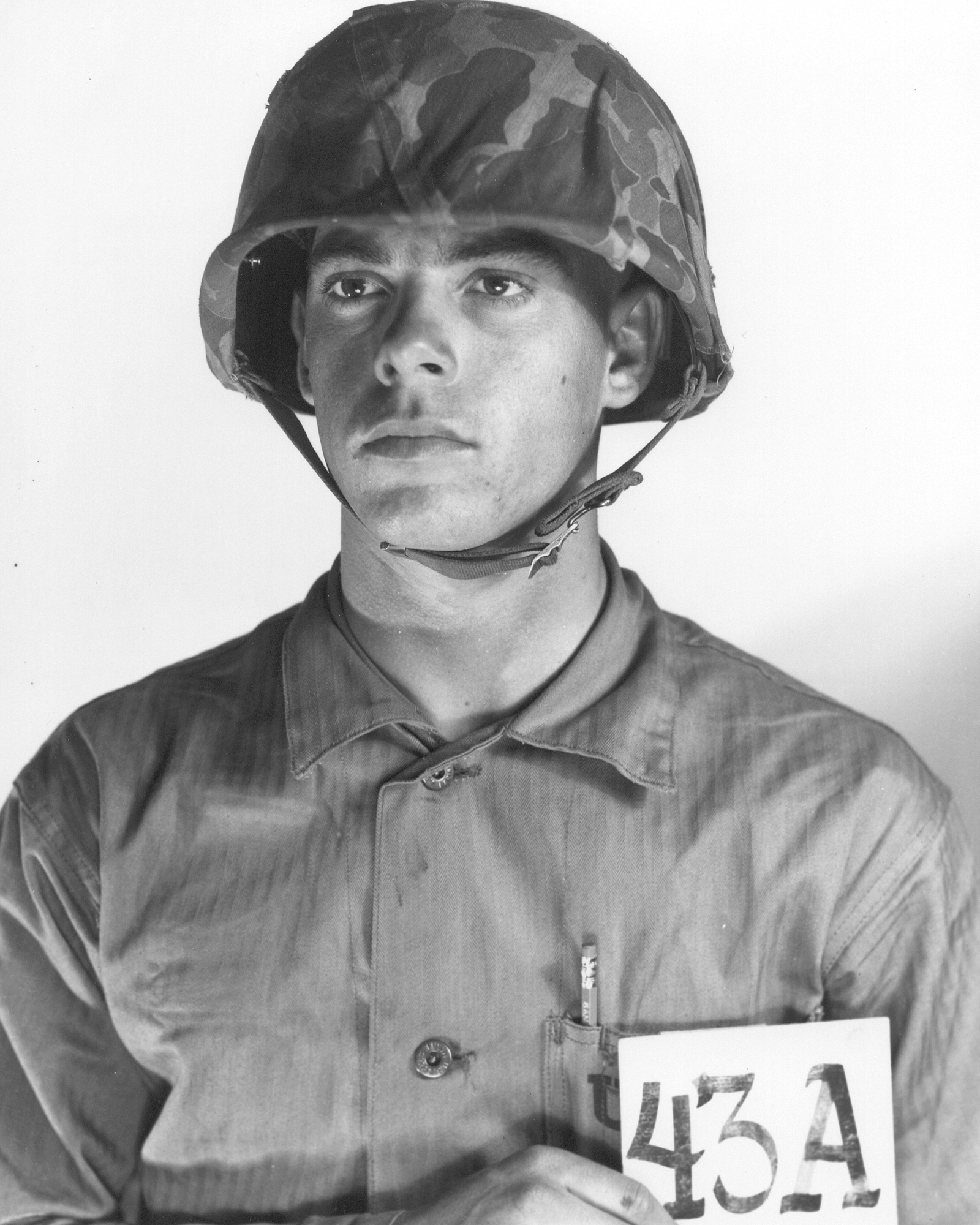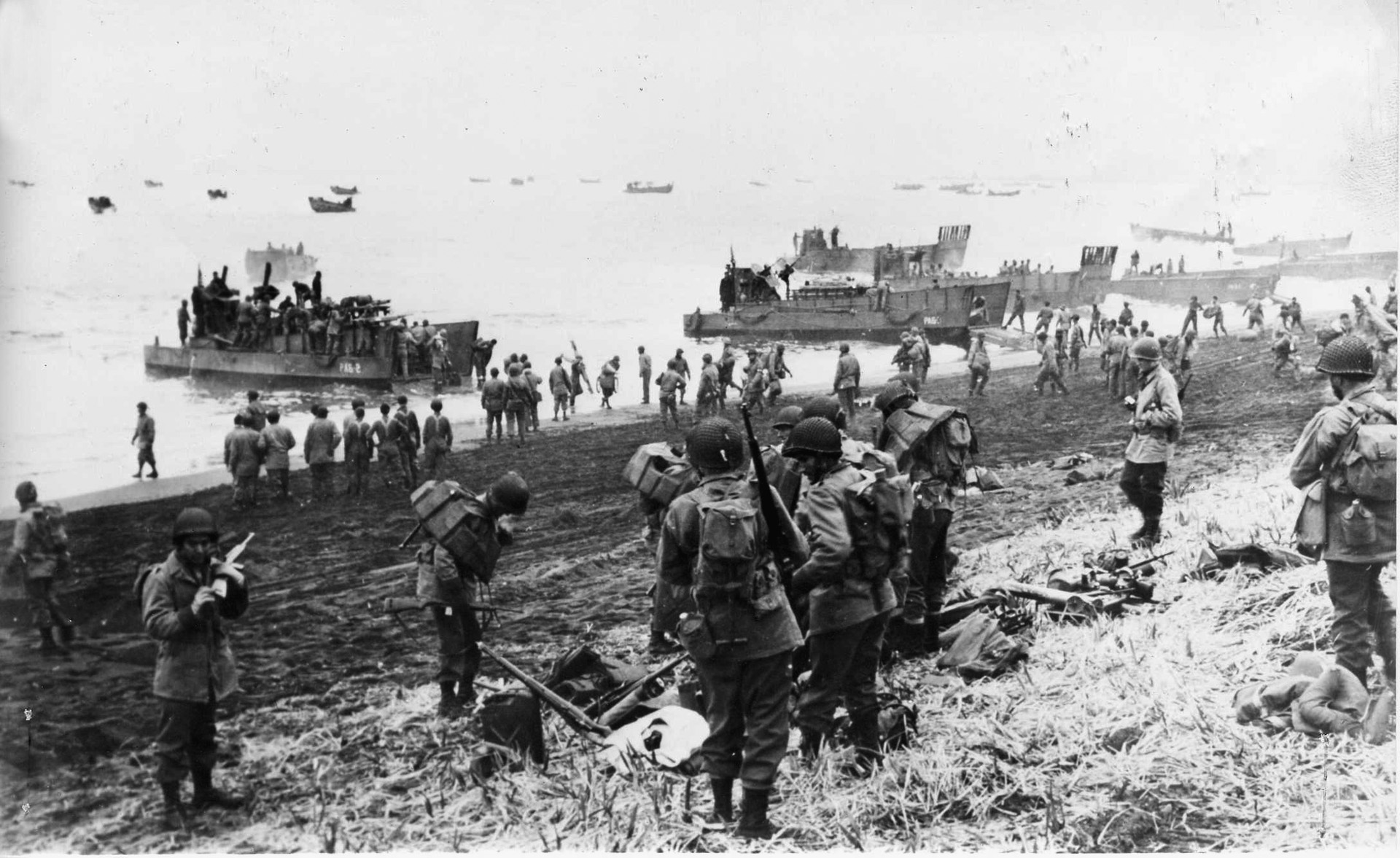For most Americans, the Christmas holidays are a time to wind down a bit, gather with family and friends, and reflect on the year together. For others, Christmas is an idea celebrated between combat patrols, when the Battalion Chaplain swings by with “turkey” hot rats. Those who serve often find themselves giving a different type of gift to the enemy, the gift of violence.
Washington Crosses the Delaware, 1776
The winter of 1776 saw the Colonial Army forced out of New York and New Jersey, and morale was low. The cold was brutal, the new army didn’t have the equipment it needed, and the idea of independence seemed like a dying flame.
General George Washington had other ideas, however, and on Christmas night his forces boarded boats, and some even waded into the shallow, freezing waters to surprise the Hessian troops. Assuming correctly that the enemy would be tired and potentially hung over from Christmas celebrations, 2400 troops attacked the city of Trenton, forcing the Hessians to surrender in under two hours.
The Battle of Trenton, as it came to be known, lit a fire under the Colonial Army, and stands as a pivotal moment in the war for independence.
Flying Tigers over Rangoon, 1941
The Flying Tigers, American fighter pilots in P-40s were secretly brought in to help the Chinese fight off Japanese forces, had been engaging enemy forces since December 20th. Intelligence believed the Tiger’s base would be attacked on Christmas Day, but as the morning passed some doubted the accuracy of that report. Just before lunch, however, the call came in to scramble.
Wasting no time, the Flying Tigers took to the sky: “In a matter of a minute or two we were in the air and climbing as rapidly as a P-40 will climb,” 2nd Lt. William Reed later wrote. After flying in formation for over half an hour, it seemed the call had been made in vain… Until several dozen Japanese bombers with a fighter group in tow appeared. In order to get into an advantageous combat position, the Tigers had to climb above the enemy, which they did not manage before resistance was felt. The ensuing dog fight between the two groups of fighters was drawn out, neither side managing a decisive edge. During this exchange, George McMillan had gone down, and was presumed dead, along with another pilot.
After the fight had come to an end, and the men returned to base, the feeling among the pilots was that Christmas wasn’t Christmas with their brothers gone. Everyone was in a sour mood when, around 2100, a car drove up to them on the airfield. McMillan stepped from the vehicle with a smile on his face and a Japanese saber under his arm. When his craft had gone down, he had touched down in a rice paddy, contacted the nearby Burmese citizenry for assistance which he received, and headed home. On the way he had found a downed Japanese fighter plane and walked away with the sword of his enemy.
In a letter written to his family, McMillan later said “While you were all eating turkey and cranberry sauce, I led six men in an attack against thirty bombers and ten pursuit escorts, ha! Naturally, we felt pretty good over Xmas’ days’ work.” The full story of the Flying Tigers in December 1941 is a wild one, which I recommend a full read of over the holidays.
Operation Christmas, 2010
Sometimes, as Sun Tzu once wrote, the best path to victory is to not fight at all, which became the unlikely result of a well-developed psyop. Two Blackhawk helicopters flew under the cover of darkness, the Serranía de la Macarena National Park just below them. Colombian Special Operations forces were aboard and were deposited into the park with a covert mission; to place 2000 custom made devices on a 75-foot tree. These devices were lights attached to motion sensors.
What purpose did this festive side quest serve?
The Columbian military has been fighting the Revolutionary Armed Forces of Columbia, known as FARC guerillas, since 1964. Aside from any advertised purpose, the FARC made their money through the drug trade, kidnapping, illegal mining, and other illicit means. By the time of Operation Christmas, there were an estimated 6000 guerillas remaining, and the Colombian government had consulted with, of all things, an advertising agency to figure out how to communicate with them.
Hoping the spirit of Christmas would encourage the hold outs to put down their arms and return to society, a total of ten such trees were installed around the country in predominantly guerilla territories, with the message both implicit and explicit; ‘If Christmas can come to the jungle, you can come home. Demobilize. At Christmas, everything is possible.’ The results?
“These trees helped us demobilize 331 guerrillas, roughly 5% of the guerrilla force at the time.” With such numbers, the operation was expanded in the years since, including the wildly successful “Rivers of Light” campaign, in which messages from family members and small gifts were floated down the river in LED lit Christmas balls. This campaign led to one defection every six hours, the most effective nonviolent solution that’s been used.



%201.svg)









